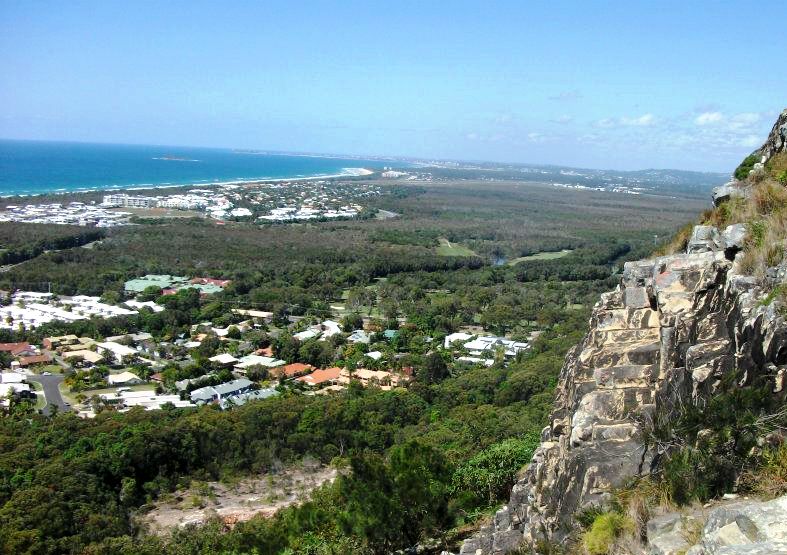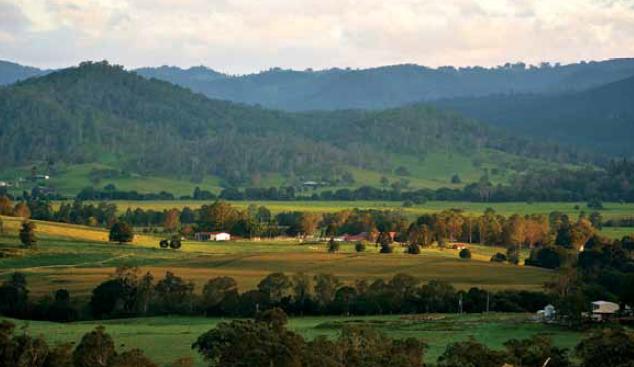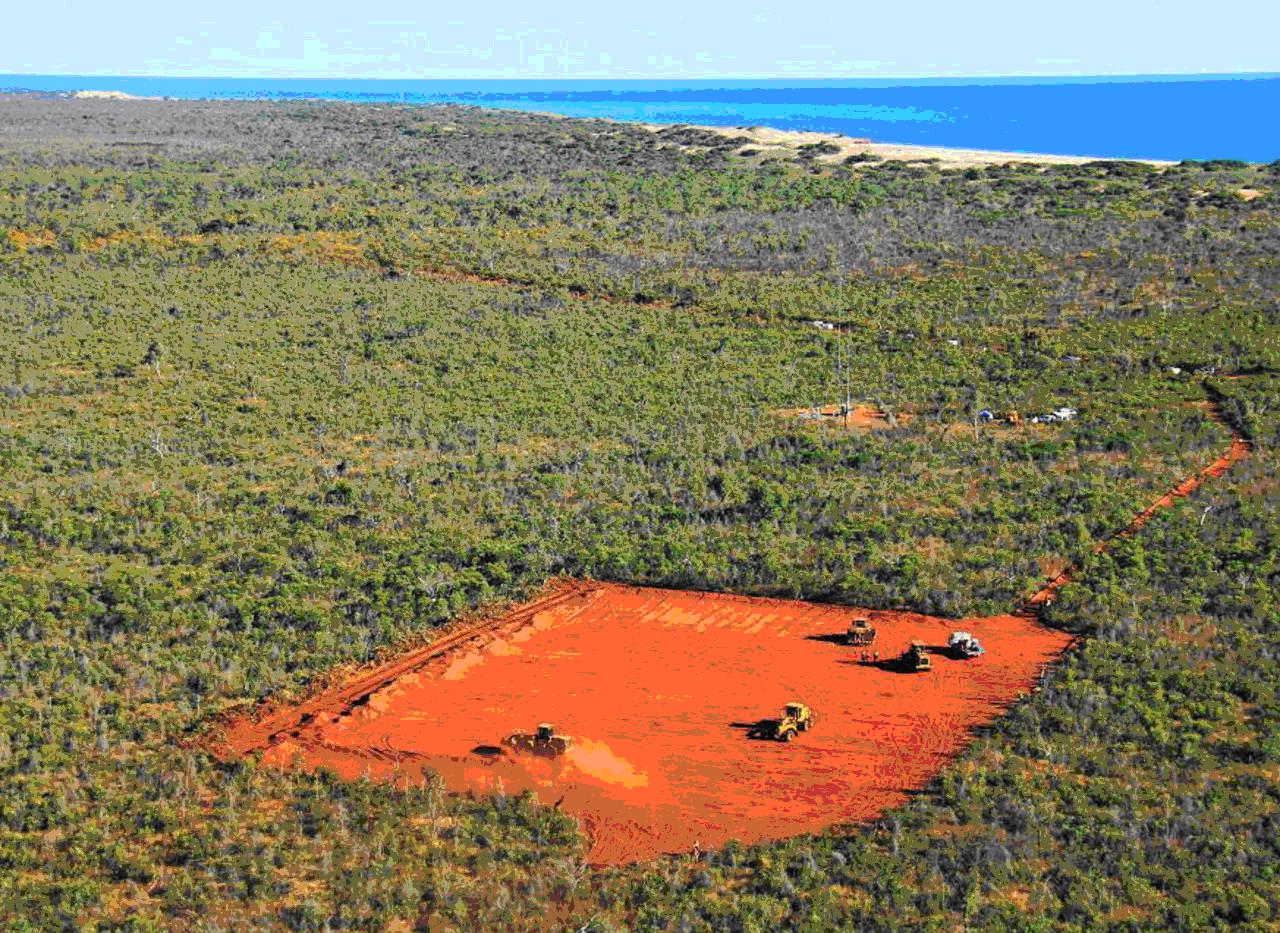The Sunshine Coast Council has, at a Special Meeting on Monday 14 April 2014, adopted the Sunshine Coast Planning Scheme. The adoption comes after the Draft Scheme was signed off by the State Government Minister, subject to conditions which are to be incorporated by Council.
The Sunshine Coast Planning Scheme will replace both the Caloundra City Plan 2004 and the Maroochy Plan 2000, providing a level of consistency across the Sunshine Coast whilerecognising the unique character of local communities.
It is intended that the new planning scheme will commence on 21 May 2014, heralding in a new era for planning on the Sunshine Coast.
Should you wish to know of your opportunities for development either before or after adoption of the new scheme, please don’t hesitate to contact our office.




